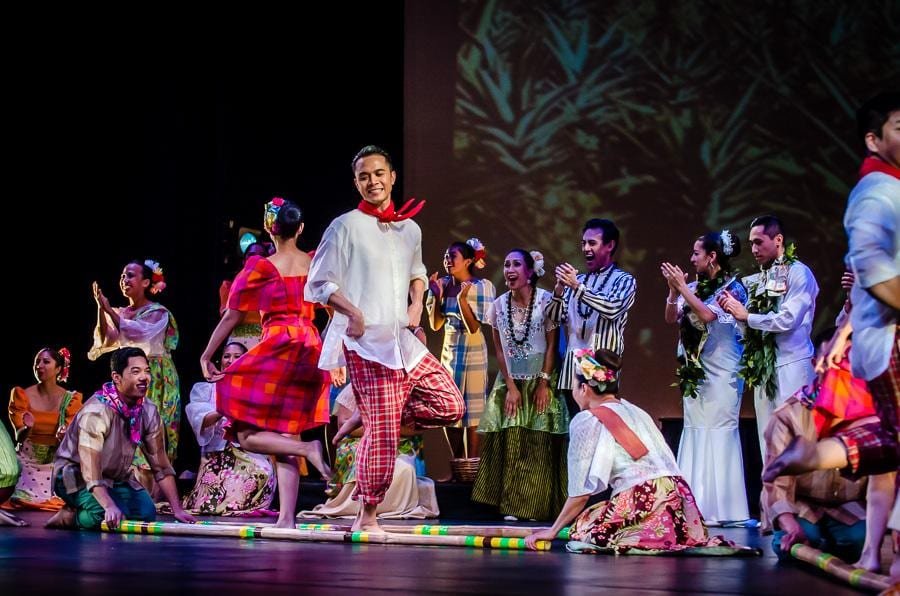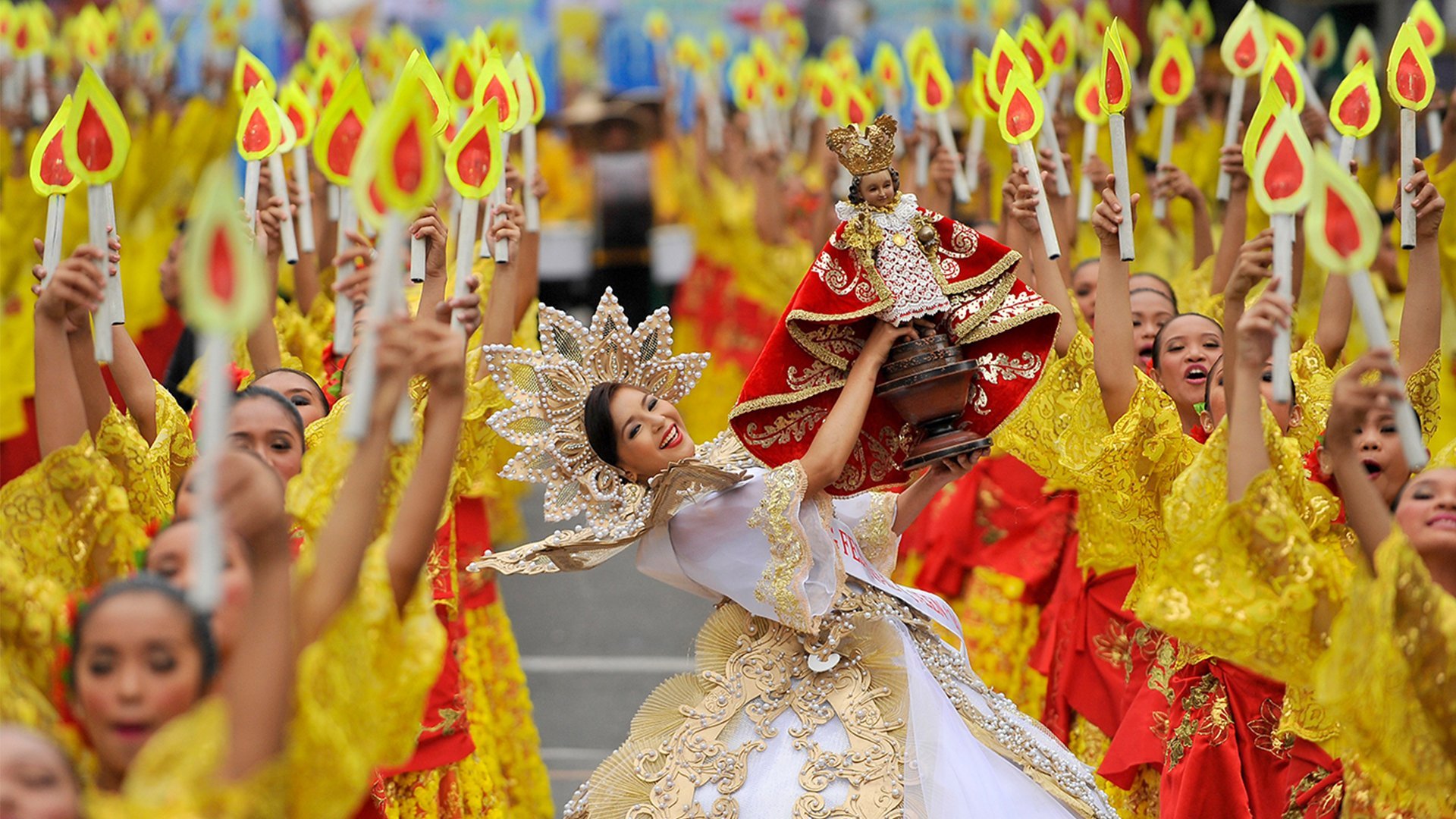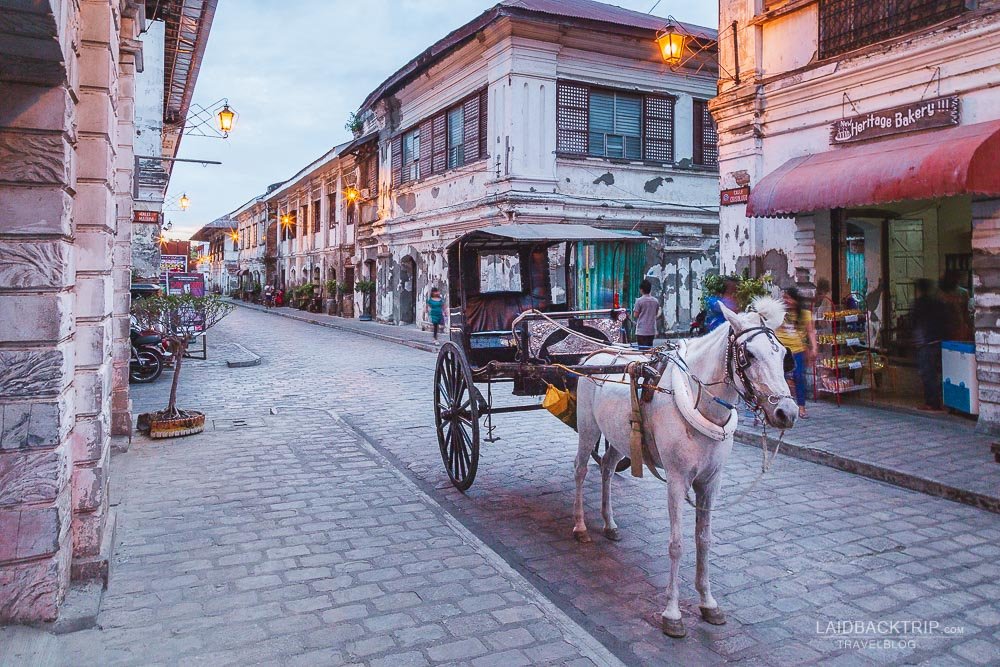The Spanish influence in the Philippines, lasting over 300 years (1565–1898), deeply shaped the country's culture, religion, language, government, and society. Catholicism became the dominant religion, with churches and fiestas integral to Filipino traditions. Spanish words and legal systems influenced local languages and governance, while the *encomienda* system reinforced social hierarchies. Education flourished with institutions like the University of Santo Tomas, but access was initially limited. Spanish architecture, folk dances, and literature, including the works of José Rizal, left lasting legacies. Despite colonial oppression, Spanish rule helped shape Filipino identity, blending indigenous and European traditions that remain evident today.
THE ARRIVAL OF SPANISH VOYAGERS AND EXPLORERS ON THE ISLAND






